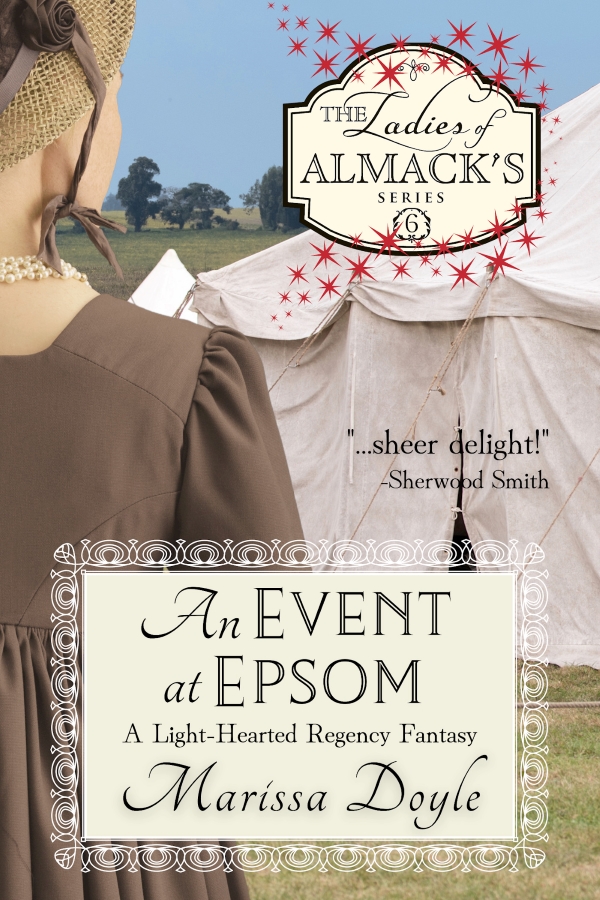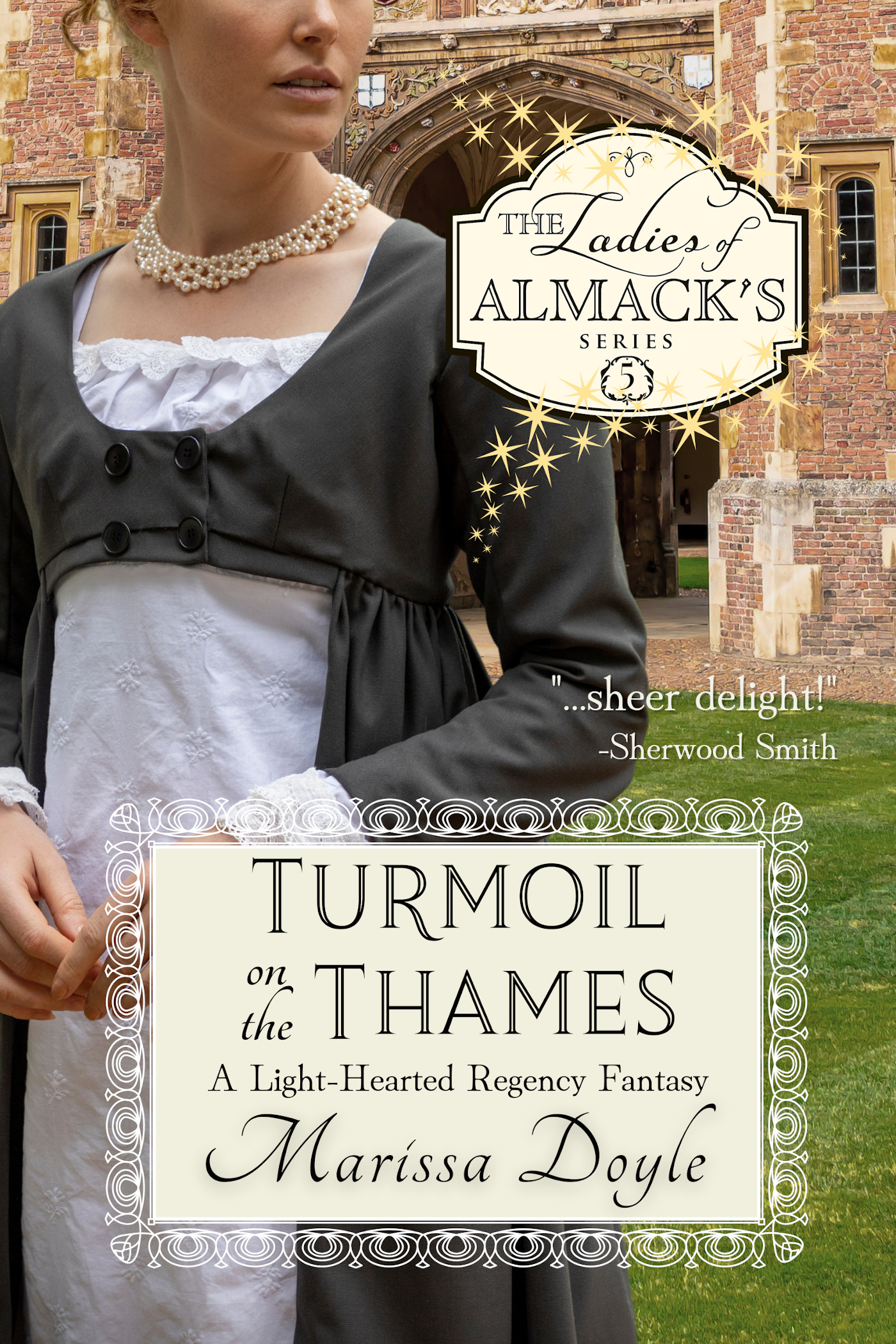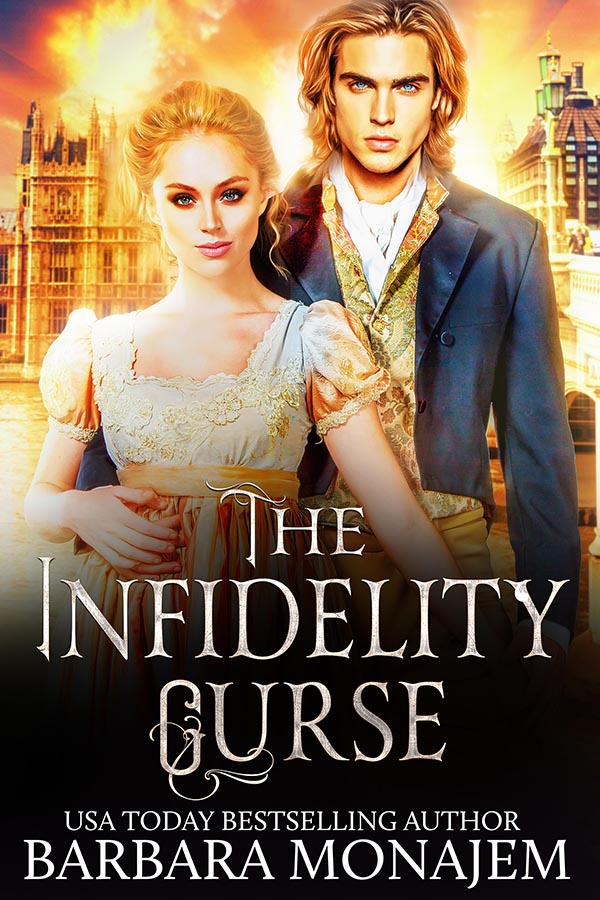

On May 6, only a few weeks away, an historic event will take place in Westminster Abbey: the coronation of Charles III.
For Regency fans, comparisons between Charles’ big day and the coronation of George IV are inevitable. And even though a little more than 200 years separates these royal milestones, there are significant similarities – and differences — between the two events.
My postings this month focus on these coronations. And I’ve decided to start at the top, with the monarchs’ crowns.

Charles’ Crowns
Charles will be crowned with the historic St. Edward’s Crown, the original of which was first used when Edward III was crowned in 1220. It’s also possible, but not proven, that this crown was used even earlier King Edward the Confessor, in 1023.
The St. Edward’s Crown the Archbishop of Canterbury will place on Charles’ head was created in 1661 as a replacement for the original crown, which was destroyed in 1649 when Parliament abolished the monarchy during the English Civil Wars.
This crown is set with over 444 precious and semi-precious stones, including a glittering array of aquamarines, amethysts, and sapphires.
Charles will also put on the Imperial State Crown towards the end of the ceremony. This dazzler features the Black Prince’s Ruby, the Cullinan II diamond, the rose-cut St. Edward’s Sapphire, and the Stuart Sapphire.
Prinny’s Crown
The Prince Regent had a crown especially made for his 1821 coronation. It had a gold and silver frame, with a blue velvet cap and ermine trimming. It also had over 12,000 diamonds. It must have looked spectacular. Sadly, it no longer exists.
Though Prinny desperately wanted to keep the crown after his coronation to wear for other state occasions, the government refused to buy it for him. Prinny’s crown was judged too expensive to purchase, and was dismantled in 1823.

Camilla’s Crown
One thing George didn’t have to worry about at his ceremony was a crown for his wife, Queen Caroline. He loathed her and did everything in his power to keep her away from his big day. Not only was she omitted from the ceremony, but she also wasn’t even allowed to attend. She tried to get inside Westminster Abbey through several doors, only to be denied entrance at every one of them.
In contrast, Camilla will be crowned Queen next to Charles at his coronation. She’ll have a beautiful crown, too, not nearly as old as her husband’s but certainly more controversial.
Camilla will be wearing the Crown of Queen Elizabeth the Queen Mother, also known as Queen Mary’s Crown. This crown was made in 1911 for Mary of Teck when she was crowned queen next to her husband, George V, at his coronation. However, Camilla’s crown won’t look like her predecessor’s. It will be minus one very significant and controversial diamond.
The Kohinoor Diamond
No doubt about it, the centerpiece of Queen Mary’s Crown in 1911 was the fabulous Kohinoor diamond.

However, over the past 100 years Queen Mary’s Crown has undergone several changes. The arches were made detachable so it could be worn open, and its three conspicuous diamonds – the Kohinoor and the Cullinan III and IV — were swapped out for quartz crystal copies.
Last February, to prepare for Charles coronation, Queen Mary’s crown was removed from the Tower of London and modified to fit Camilla. Plans include resetting it with the two genuine Cullinan III and IV diamonds and adding another, the Cullinan V.
Yet the Kohinoor diamond won’t be restored to its original place of honor. It will stay where it is, in the Tower of London with the other crown jewels.
The Kohinoor Controversy
According to some news reports, the decision to omit the Kohinoor was made to side-step controversy over how this magnificent stone came to be part of the UK’s crown jewel collection. That’s because Britain’s acquisition of the diamond during the Victorian era is still a sensitive subject today.
Weighing in at 105.6 carats, the Kohinoor is one of the largest cut diamonds in the world. Its origin is shrouded in legend, with little clear evidence of when and where it was discovered. The diamond circulated among the empires of South and West Asia until 1849, when the British Empire annexed the Punjab province. At this point the British East India Company acquired the diamond and gave it as a gift to Queen Victoria.
India has sought the return of the Kohinoor ever since that country became independent of the British Empire in 1947. The governments of Iran, Pakistan, and Afghanistan, and even the Taliban, have also claimed ownership of the gem and are demanding its return.
To some, the Kohinoor represents how indigenous resources were exploited and plundered under colonial rule. However, the stones being used in Camilla’s crown in place of the Kohinoor, the Cullinan diamonds, came from South Africa and are also criticized as symbols of British imperialism.

These diamonds were cut from the Cullinan Diamond, the largest rough-cut diamond ever discovered. It was mined in South Africa in 1905 while the country was under British rule, and eventually presented to King Edward VII in 1907.
So, no matter which fabulous gems end up sparkling in Camilla’s crown, they are sure to attract attention. We’ll just have to wait till Coronation Day to see what her crown looks like.
For more information on the controversy surrounding the diamonds in Camilla’s crown, click on the link to this NBC News story.
_________________________________________
Article by Maureen Mackey for the Quizzing Glass Blog



















